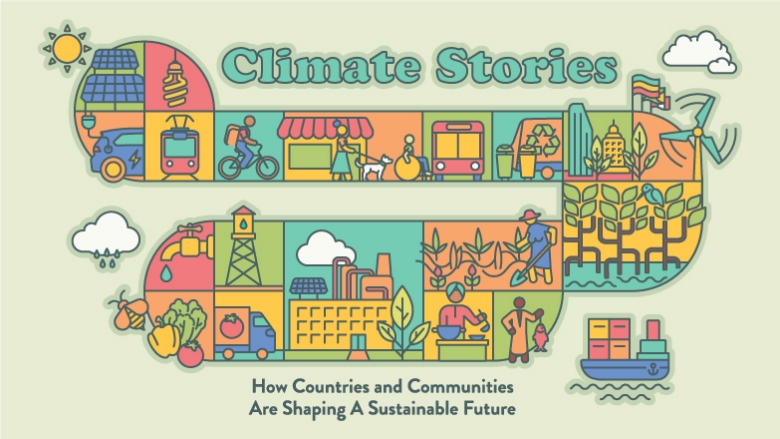Mozambique’s national parks and rich biodiversity are globally renowned. But since the 1970s, the country has lost forest cover the size of Portugal. Today, Mozambique and development partners including the World Bank are working together to save the country’s forests and endangered species of plants and animals while helping people benefit from conservation.
A milestone was reached this year when Mozambique became the first country to be paid by the World Bank’s Forest Carbon Partnership Facility (FCPF) for reducing emissions. FCPF paid $6.4 million for 1.3 million verified emission reductions, or carbon credits, generated through community-based efforts in nine districts of the Zambézia Province over a 12-month period. The payment marks the first under Mozambique’s Emission Reductions Payment Agreement (ERPA), which will pay up to $50 million from the FCPF for 10 million tons of carbon emission reductions generated through 2024.
The transaction signals to international carbon markets that large-scale programs that reduce emissions from deforestation and forest degradation (known as REDD+) can produce the high-integrity, high-quality carbon credits that buyers demand.
Strengthening Accounting and Confidence in REDD+ Carbon Credits
“There is huge interest across the globe in nature-based solutions and there is huge potential demand from the private sector for these types of natural credits, but the emission reductions must be real, durable, and calculated and verified using trustworthy accounting methods that meet the highest standards,” explains Marc Sadler, Practice Manager Climate Change Fund Management Unit, World Bank.
Deforestation and forest degradation contribute about 12% of the world’s greenhouse gas emissions, but nature-based solutions, including forests, can provide up to 37% of the mitigation needed to keep the global temperature rise to below 2°C. Nature-based solutions are included in 137 of the 165 Nationally Determined Contributions (NDCs) submitted by countries under the Paris Agreement.
To unlock this potential, the FCPF has created a standardized framework for calculating emission results at the jurisdictional scale, covering entire provinces, regions, or states within countries. Very large emission reductions programs not only encompass the many drivers of—and solutions to—deforestation, they also are better able to overcome some of the accounting and verification issues that can undermine the environmental integrity of smaller programs.
The FCPF partnership, which includes most of the key decision-makers in the global REDD+ community, agreed on the FCPF framework, and it is now being used in Mozambique’s ERPA and in an additional 14 agreements that the FCPF has signed with other countries to pilot results-based payments.
“This payment to Mozambique marks the first for jurisdictional REDD+ credits that meet a specific standard or framework,” says Simon Whitehouse, FCPF Fund Manager. “These FCPF credits also come with World Bank safeguards and with an approved benefit-sharing plan that guarantees funds are equitably shared with local communities and Indigenous groups implementing REDD+ activities on the ground.”



